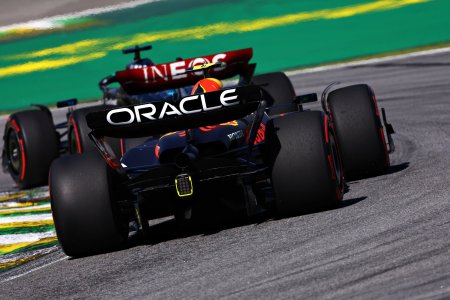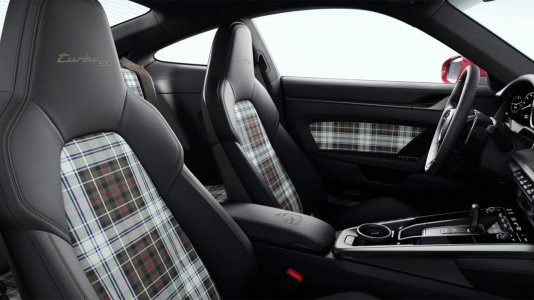Ok. Well in the first instance Eau Rouge is far improved compared to even ten years ago. Where the runoff was far less and the danger much greater.
I agree though. The amount of runoff is probably as good as they can achieve with the terrain in the area. However they need to improve the crash impact area. Whether that's TECHPRO or SAFER doesn't matter but it's important that accidents like these are seen as warnings that some improvements need to be made. This isn't about "wimping out" it's about basic common sense.
The two WEC accidents were interesting. The Fittipaldi accident was bad as the suspension pierced the tub and into his legs. This shouldn't happen by design and I wouldn't be surprised if the ACO and FIA are investigating the chassis and it's design. If not they should be.
The airborne accident was blamed partly on the car and driver by those at the scene. He was closely following the Toyota? And the loss of front downforce caused the front to lift up and the car just took off. Again I can see the ACO being concerned about this. The designs of the cars were altered to try and prevent this happening.
I don't want to see the cars being slowed down but it's important that the danger signs are noted and acted upon now. Hi tech crash barriers are nothing in cost terms compared to a driver being badly injured.
I agree though. The amount of runoff is probably as good as they can achieve with the terrain in the area. However they need to improve the crash impact area. Whether that's TECHPRO or SAFER doesn't matter but it's important that accidents like these are seen as warnings that some improvements need to be made. This isn't about "wimping out" it's about basic common sense.
The two WEC accidents were interesting. The Fittipaldi accident was bad as the suspension pierced the tub and into his legs. This shouldn't happen by design and I wouldn't be surprised if the ACO and FIA are investigating the chassis and it's design. If not they should be.
The airborne accident was blamed partly on the car and driver by those at the scene. He was closely following the Toyota? And the loss of front downforce caused the front to lift up and the car just took off. Again I can see the ACO being concerned about this. The designs of the cars were altered to try and prevent this happening.
I don't want to see the cars being slowed down but it's important that the danger signs are noted and acted upon now. Hi tech crash barriers are nothing in cost terms compared to a driver being badly injured.











